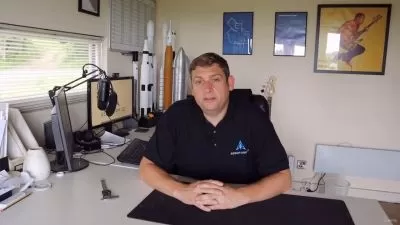Additive Manufacturing: Testing and Simulating 3D Prints
Joan Horvath and Rich Cameron
1:38:53
Description
3D printing has become more common in commercial applications, both for one-off custom parts and at scale. There are tradeoffs between using familiar general-purpose simulation tools to model bulk material properties of 3D prints and using specialized or proprietary software designed for additively manufactured parts. In this course, instructors Rich Cameron and Joan Horvath explore issues that arise when creating an additively-manufactured part, from the design stage through simulation, fabrication, testing, and validation. They review the rapidly-changing landscape of standards development, such as the evolution from STL files into formats such as 3MF. Joan and Rich include case studies from users ranging from those who just want to avoid having to make a print twice to those needing formal certification in regulated industries. The authors compare the costs and limitations of different approaches being taken in this space today, so that you can make your own informed choices.
More details
User Reviews
Rating
Joan Horvath and Rich Cameron
Instructor's Courses
Linkedin Learning
View courses Linkedin Learning- language english
- Training sessions 21
- duration 1:38:53
- Release Date 2023/01/14










